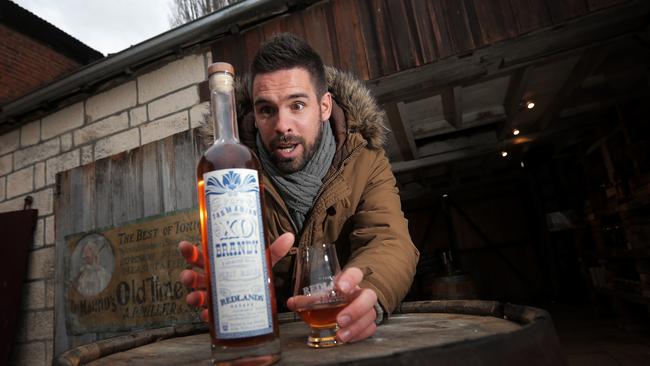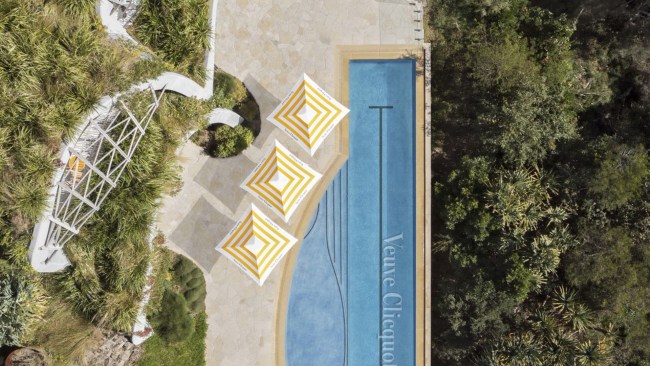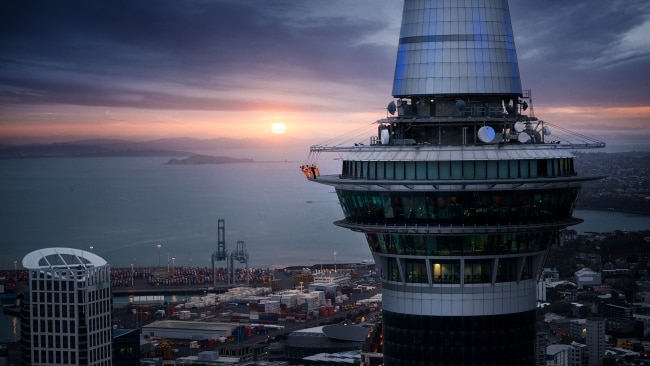Tasmania’s world beating whiskies
Have a dram good time at Tasmania Whisky Week.

In geographical terms Tasmania couldn’t be much further away from Scotland; but in spirit — and what a spirit! — it could hardly be closer.
Forget the towering, wild and beautiful landscapes, the silver streams that trickle through lush, green valleys, the dark, rich, peaty soils, the clean, crisp air; forget all the other physical similarities that charmed the island’s early British settlers and inspired artists such as John Glover to set Scottish scenes amid Tasmania’s mountain ranges: the spirit we seek is of much more recent distillation.
It’s unusual to be able to date so venerable a product as whisky. No one knows with certainty when whisky-making began in Scotland, although it was known before the 15th century; but in Tasmania the modern industry was born in 1991, when Bill Lark successfully challenged the whisky ban imposed in 1838 by governor John Franklin, inspired by his wife, Lady Jane, who famously declared: “I would prefer barley be fed to pigs than it be used to turn men into swine.” The settlement’s distilleries were shut to limit public drunkenness and the industry died, until Bill Lark managed to resurrect it.
Lark Distillery opened in 1992, and others have followed, many of them to great acclaim: Sullivan’s Cove in 2014 was declared World’s Best Single Malt at London’s highly regarded World Whisky Awards; the following year Bill Lark was inducted into the Whisky Hall of Fame, one of only seven people outside Scotland and Ireland to receive the honour. The fraternity of whisky makers has embraced the Tasmanian newcomers, and Bill Lark has spoken warmly of the help and advice extended to him by the Scots, whose philosophy has been to ensure the reputation of their precious drink is upheld, wherever it originates.
In Tasmania, a number of factors combine to ensure local whisky quality matches — and often surpasses — that of the old country. Winds blowing across the Southern Ocean from the Antarctic bring the cleanest air of any inhabited land, and the rain that falls through it means some of the world’s purest water goes into the product.
So start with good water, which, says whisky maker Bill McHenry, is “at the heart of any good whisky”, add the finest brewing barley then malt, kiln, mash, lauter, ferment and distil in the labour-intensive, old-fashioned way in historic copper stills. Store the clear spirit in oak barrels that have previously held port, sherry or bourbon, wait a few years for it to take on some of the subtle colour and flavour of the cask, then bottle it.
Those bottles now make their way all over the world; indeed export sales suggest Europeans and Americans are more familiar with Tasmania’s whisky than most mainland Australians, though that is rapidly changing.
Of course the great advantage the Australian whisky lover has over his northern hemisphere fellow enthusiasts is that the Tasmanian experience is just a short flight away, making a trip to the source an irresistible temptation.
This year the very best time to surrender to that temptation is during Tasmanian Whisky Week (August 4-13). Across the island distilleries will throw open their doors to the public with a variety of dinners, lunches, tours and tastings, giving enthusiasts a rare opportunity to meet the makers and sample unreleased whiskies. Many producers wisely include transport from main population centres, from buses to helicopters, with events to suit all tastes and pockets. But be quick: numbers are limited, and tickets are on sale from May 22 on the Tasmanian Whisky Week website.
The fact that many top producers are located in some of the island’s most beautiful spots is a delightful bonus. From Hellyers Road Distillery in Burnie in the island’s North West to Ironhouse Brewery and Distillery on the East Coast at Four Mile Creek, far south to McHenry Distillery at Port Arthur and the cluster of fine makers around Hobart — Nonesuch, Redlands and Belgrove, to name just a few — the entire island will greet visitors with a welcoming dram.
The camaraderie of this burgeoning industry is tangible, with makers assisting and advising each other, and they have combined to produce an online guide — The Tasmanian Whisky Trail — that profiles the distilleries and is packed with news and information. It’s a must-see website, but beware: a visit is likely to leave you with a strange longing for a cold night, a roaring fire and a golden warming spirit.
This content was produced in association with Tasmania — Go Behind The Scenery. Read our policy on commercial content here.
Curious? To get among it and experience all Tassie has to offer this winter, start your story here.


